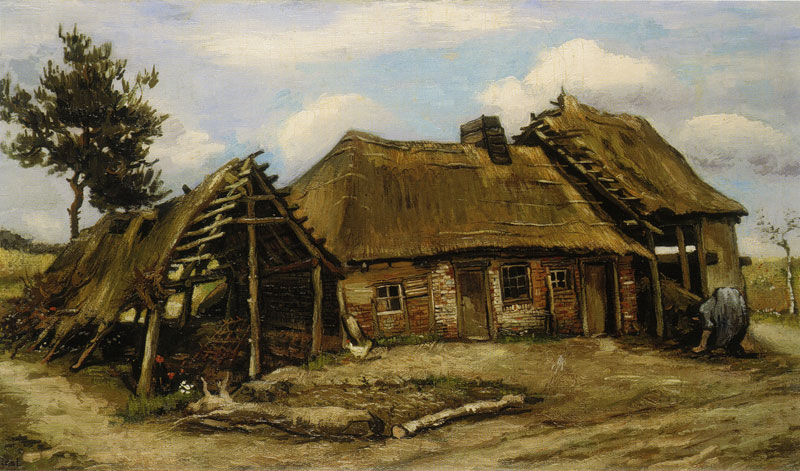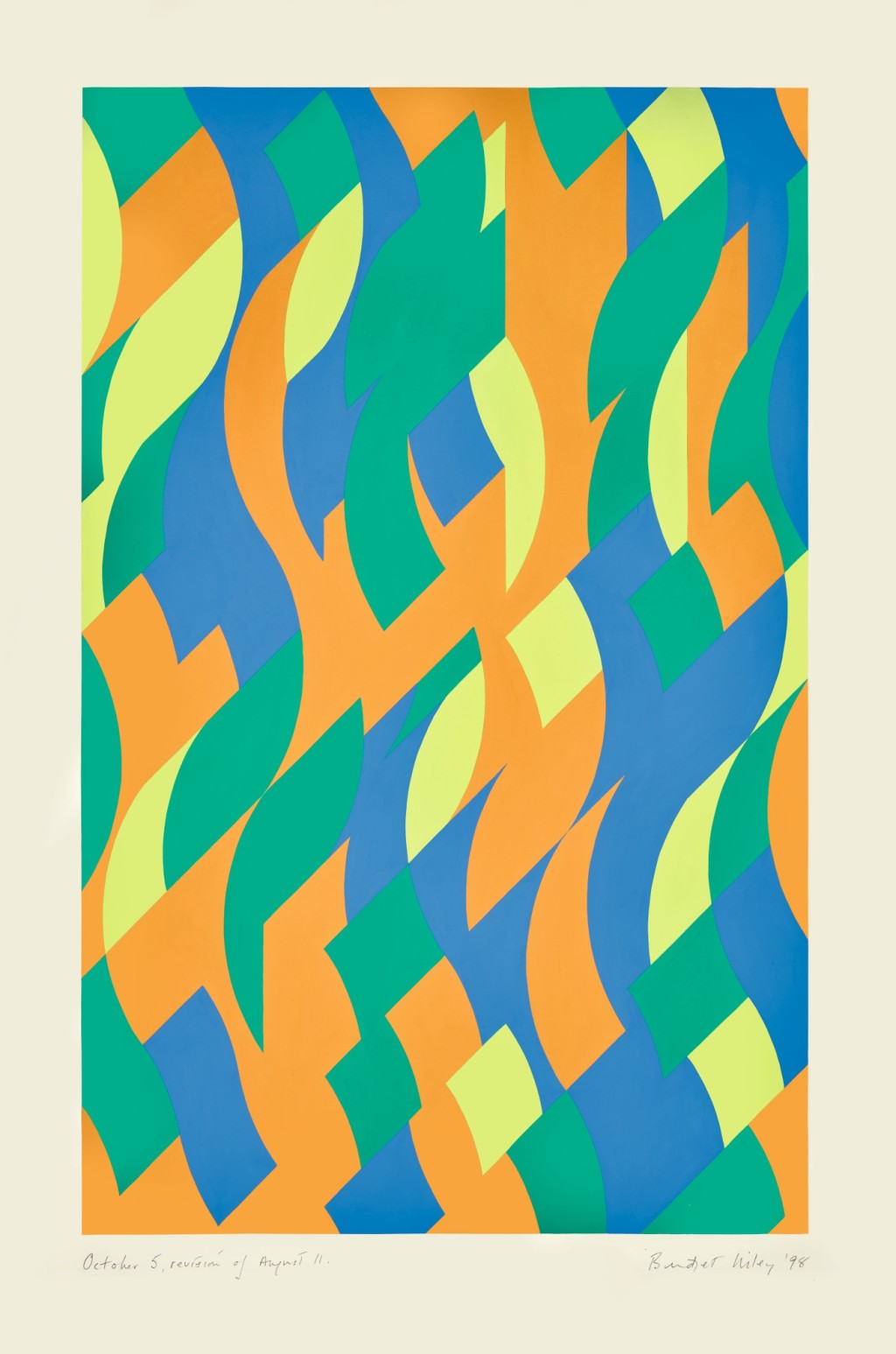FAB Market Insights
Stay informed with our art news and market insights.
First and foremost, Fine Art Brokers hope that all our friends, clients, colleagues and peers in the trade stay well and healthy. As art market professionals, we have been approached by numerous collectors over the last month for advice and opinion on the effect of the global Covid-19 crisis on the 2020 art market. Here we outline our initial thoughts, although all of our experts in New York and London are happy to speak in more depth to collectors and consignors on a one-to-one basis. In this article we will illustrate the initial impact of the crisis on the art market by examining how dealers, galleries, auction houses and art fairs have been hit. We will then look at how the various sectors of the art market can adjust and cope with the new trading situation, and lastly we will speculate on how general prices might be affected.
The pandemic has obviously had profound social, economic and political implications on all aspects of our lives. In the art market, every part of the labyrinthine network of artists, consignors, vendors, dealers, auctioneers and the invaluable suppliers to the art trade has been affected in some way or another. Many of these enforced changes have not been positive. With new social distancing rules and lock-downs in major metropolitan centers, traditional modes of business are currently obsolete and new ‘norms’ are yet to be fully tested. However, even at this early juncture, certain patterns are emerging.
The most obvious repercussion of the pandemic is the inability of collectors to physically view artworks for sale. This has led primarily to a vast decrease in purchases and sales for every sector of the market. One major example is the disruption to the global art fair programme as organizers react as best they can. Some, such as the Art Basel fair which was due to open in June, have chosen to postpone to a date later in the year (the fair will open to VIPs on the 15th September and run until 20th September). TEFAF New York Spring which was due to open in May has been pushed back to 30th October - 4th November. Others, such as Masterpiece in London, have cancelled this year’s event entirely and will work towards next year’s event. A few recent events have struggled to react in time, such as the Open Art Fair in London that opened despite many dealers not even installing their stands and many others abandoning the fair after the first day. TEFAF Maastricht, which opened on the 5th March, also closed mid-fair but only after some dealers recorded good initial sales. The most eye-catching was the sale to a private European collector of Vincent Van Gogh’s Paysanne devant une Chaumier by London based dealer Dickenson for a figure approaching €15 million. The decision to close was initially greeted favourably by most who viewed it as a sensible decision, but with the benefit of hindsight it seems reckless to have held the event at all (an Italian Modern Art Dealer tested positive for the virus on returning home after the opening weekend and well over 20 further visitors and exhibitors tested positive in the days afterward). The re-scheduling of fairs is going to cause ‘fixture congestion’ in the autumn which will have an adverse effect on sales and could seriously overstretch even the biggest galleries who might struggle to fulfill all of their contractual obligations. Whether there will be much of an appetite amongst global collectors to travel also remains to be seen.

Signed
Oil on canvas
63 x 112.5 cm / 24 ¾ x 44 ¼ in
Sold for approximately €15 mill at TEFAF Maastricht by Dickenson
It is easy to view gallery exhibitions and art fairs as isolated entities but of course even the smallest event will involve a small army of people. Aside from curatorial and administrative staff, there are framers, restorers, art handlers, photographers and other auxiliary trades who have all been seriously hit. Even dealers and auction houses lucky enough to complete sales at this time are faced with serious logistical issues. International freight services have been drastically cut and consequently are significantly more expensive. Increased potential warehousing time adds to insurable risk at a time when the insurance industry appears exceptionally skittish. Furthermore, with the closure of governmental bodies regulating international trade, export licensing procedures have ground to a halt. It will take a period of time for systems to fully ‘reboot’ once the immediate crisis is over.
The temporary closure of exhibition spaces further threatens the already precarious existence of many contemporary artists. Most artists feel isolated at the best of times, and they need encouragement from and interaction with potential buyers and their dealers / galleries at this time. Aside from the temporary closure of commercial galleries, artists have also been hit by the cancellation of public and open exhibitions, not to mention disruption to notable competitions. Artist led initiatives such as #artistsupportpledge on Instagram have generated steady low level sales already but won’t necessarily help cover studio and materials costs.
Private consignors and artist’s estates are also affected although many can pick and choose more freely when they make work available to the market. In light of this, the internet has become even more important. Artists and their galleries are planning more online ventures. The major art fairs are hosting online viewing platforms for their exhibitors and communication and promotion through social media platforms as increasingly important. This is not an easy transition. Despite the success (and admirable proactivity) of platforms such as Artsy, many collectors and casual buyers still prefer to actually see artwork, and these online platforms are still primarily advertising mediums rather than sales tools. Some territories are happier to engage with online commerce than others, but it is unlikely to be the answer to sales in the top range of the 2020 art market or help entice novice or new collectors. But this is not to say that online commerce is not essential – it is now, more than ever - and it is also important to point out that although the art trade faces a very real and significant threat, there are some interesting positives and developments.
Although auction houses have temporarily suspended viewings, and some have cancelled sales, many continue to trade online and devote more time to private sales. Fine Art Brokers, as we write, is involved in the purchase of a major American painting for a client in the $2m region, offered to us exclusively by an auction house as their May sale has been postponed. The auction houses have pioneered e-commerce in the past and have sophisticated platforms in place which are very well tried and tested. The transition to an almost entirely digital sale is relatively straightforward. The recent Made in Britain sale at Sotheby’s was in many ways remarkably successful. Sotheby’s noted sales results of £2,113,500 in total – a figure comfortably above the top estimate level – and a sales rate of in excess of 80%. However, the stock was at the lower end of the middle market and many of the works were photographs and prints – images collectors familiar with those sales already know well and it is relatively easy to make a decision to purchase online. That said, a reported 85% of bidders used the online platform with 53% of the winning bids coming from this system which equates to a 30% increase of successful online bids on the equivalent sale in 2019.

Signed, titled & dated ‘98
Pencil & gouache on paper
85 x 56.5 cm / 33 ½ x 22 ¼ in
Sold for £125,000 at Sotheby’s ‘Made in Britain’ (17th March 2020)
Sotheby’s also enjoyed success through online auctions before the pandemic. One only has to look at the sales held during early October in Hong Kong which coincided with the escalating civil unrest of last year. Sotheby’s reported 3,423 sales across 20 separate auctions during a five day period with a combined 86% selling rate. Interestingly, they noted that around a quarter of all successful bids were placed by buyers under 40 years old which is a possible indicator of the acceptance of online platforms to a new generation of tech savvy collectors. Christie’s also noted strong sales and claimed 20% of successful bidders were ’Millennial buyers’ although it is also worth noting that they witnessed a higher attendance record at viewing than they had expected. It is unlikely this model will serve the summer evening sales of Impressionist and Modern art so well but could offer a degree of optimism for the Contemporary sales which traditionally attract a younger client demographic.
Bonham’s, in an email notification sent on Friday 27th March, declared they are actively pursuing more private treaty work for their top end stock in a move that will further see auction house encroachment on traditional dealer activities. However, they are also offering more services and more information on their business, opening lines of communication and making them more approachable. They have set up a ‘Digital Selling Hub’ on their website to further digitise the selling process. In these testing times of self-isolation, keeping the lines of communication open between collectors, consignors, dealers and advisors is vital.
Very few dealers are doing any real business at the present time. We are very much in the ‘shock’ phase of the current crisis where everybody connected to art world is scrabbling to make sense of the situation and cope with the initial fall out. Furthermore, many are battling the volatility in the financial markets and the projections of recession in the global economy. The markets, as one commentator noted recently, are ultra-irrational initially and hyper risk-adverse thereafter. The markets will correct in time but the effect is very destabilising in the short to medium term. The volatility has opened up certain opportunities. Sterling, which had been weakened significantly during the Brexit vote and subsequent negotiations, fell yet further against the Dollar meaning UK acquisitions by Dollar holding collectors were more attractive (if they are prepared to be patient on logistics). Making use of currency fluctuations is however dependant on transacting quickly.
One must be careful not to attribute all of issues facing galleries to the current crisis. The recent closure of Blain Southern, who entered Administration on 24th February 2020, had nothing to do with the impact of the virus although it happened to coincide with its spread. Many recent problems facing dealers and galleries, specifically regarding rising overheads and rents, may well be lessened (albeit temporarily) by the current situation with some significant London landlords offering reduced rent or rent suspensions and government initiatives supporting tax deferments. Such actions will go a certain way to protecting the health of the art market. We have noticed increased dialogue between dealers and galleries wishing to share stock and some very good private acquisitions are being made. With fewer sales opportunities through fairs and public shows, more artworks are being retailed through dealer led networks and consequently it is more important than ever for collectors to engage with dealers and advisors directly.
But what effect does the pandemic have on the pricing? It is far too early to talk about general trends, although it is reasonable to predict that prices are unlikely to rise rapidly in the near future. For the time being, it depends on the flexibility of the vendor. Private sellers are unlikely to reduce their asking prices in the short term, preferring to instead withdraw a work from sale. Dealers and galleries may well be open to striking reduced deals, but much of their owned inventory would have been acquired at ‘pre-virus’ prices. Works offered on consignment from contemporary artists and estates may be even more flexible. We are likely to see a drop in trade through the auctions. Many auction houses have bemoaned the fact they struggle to make quotas for major biannual sales, and their situation is unlikely to be aided by the pandemic. Furthermore, consignments of works for summer sales may well appear too pricey as consignors are either unwilling or unable to drop estimates, especially after catalogues have been published. This could lead vendors to seek more private consignment through dealers and advisors to prevent high profile failures at auction. This is certainly what occurred in 2009 in the wake of the sub-prime crisis. Once the ‘shock’ phase has passed, one would expect markets to become even more selective, but the very best works to largely hold their prices. There may well be substantial deals to be done, but collectors and their advisors will need to be well connected and well financed to take advantage.
In summary, the art trade is not in hibernation. Enterprising individuals and businesses from across the broad spectrum of the 2020 art market are still very active. Our advice is to stay connected through digital platforms and maintain lines of communication. There are still great paintings to research, study and ultimately acquire. Or to consider which art from your collection to sell. Of course, all of us at Fine Art Brokers will be pleased to help in any way we can. Above all, we must remember that our networks are based on collaborative ventures, and self-isolation may well help foster invaluable new relationships.


